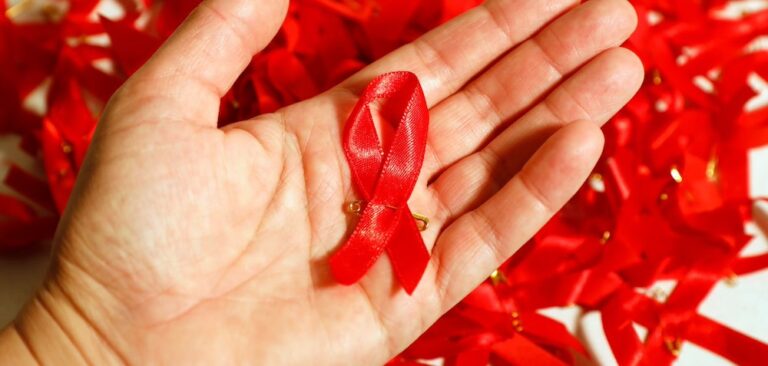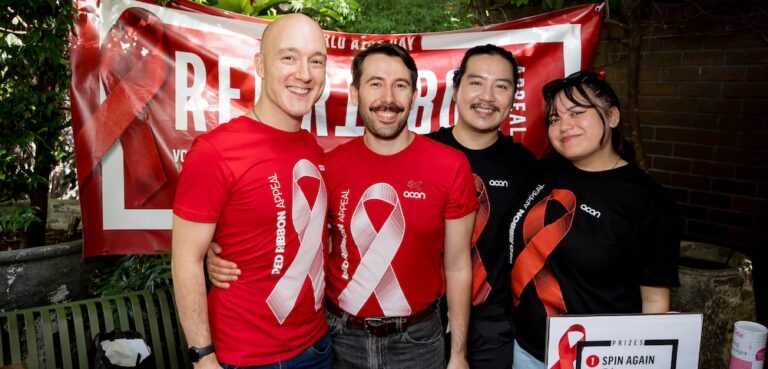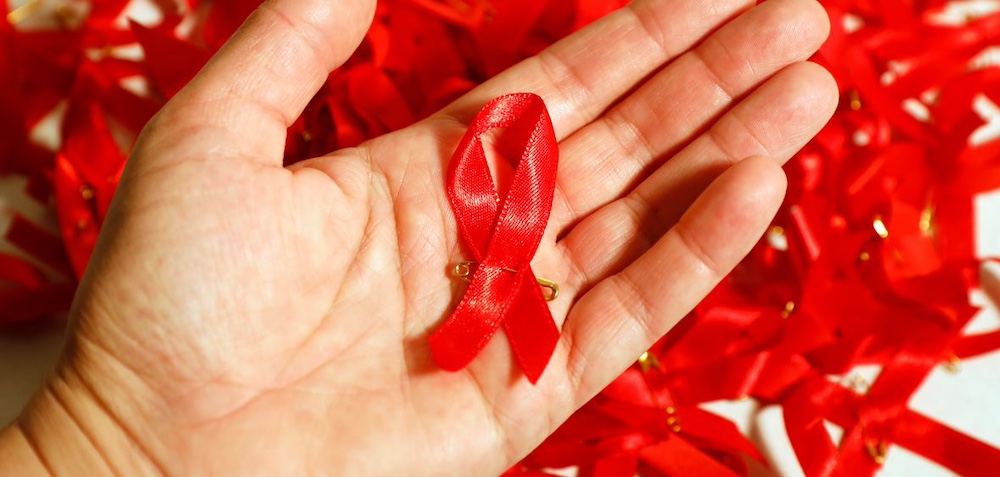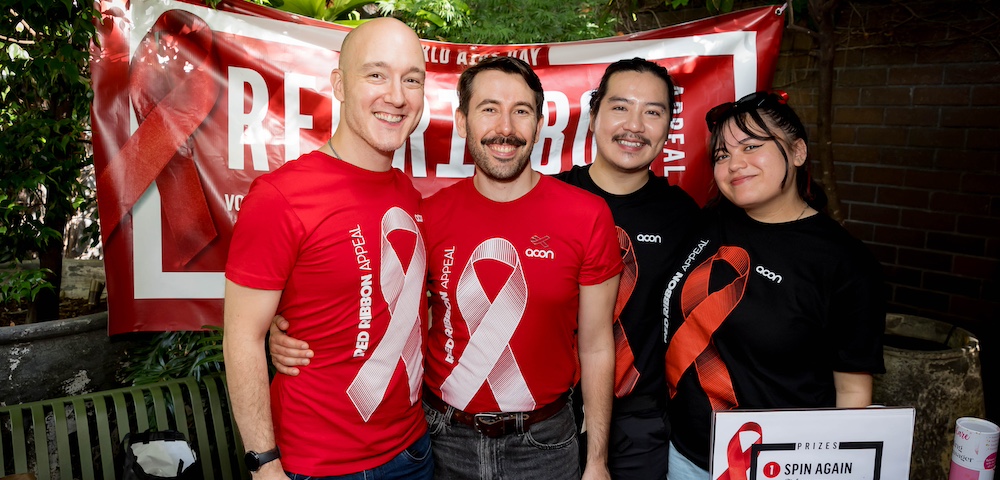
Can soft drink really impact your health?
Hey there guys.
Has your doctor ever talked to you about any the following problems?
* Mildly elevated blood pressure?
* Waistline slowly creeping up?
* Blood tests showing lipids elevated or early insulin resistance?
This combination of signs sometimes called “metabolic syndrome”, “syndrome X” or “insulin resistance syndrome” is now becoming recognised as an important predictor for diabetes and cardiac disease.
The good news is that when detected it can be quite easily reversed.
I’m sure you have heard doctors speaking of adding 30 minutes of exercise, two pieces of fruit and four to five serves of vegies each day. Given the amount of advertising I’d be surprised if you had not.
What I have found interesting is that talking with my patients many are doing exactly this. They have incorporated walking, and are working on their diet but they still having issues despite what they are doing.
Perhaps having been Nancy Drew in a past life I love a good mystery. With a bit of careful medical detective work together we are able to find one element that “might be letting the team down”. Four times out of five it is one thing, soft drink.
Many people enjoy soft drink, it’s quick and refreshing and very easy to find. Research shows that the average Australian drinks more then 2L of softdrink every week. Men have been shown to drink even more with an average of around 900ml daily and some having more then 2L every day.
When I highlight how quickly those bottles of coke can add up most guys are quite surprised and keen to learn what effects this may have on their body.
So what is the problem with soft drinks?
To put it in a nutshell, sugar.
Huge amounts of sugar. One 600ml bottle of coke contains 63 g of sugar.
If we look at the Australian diet just 30 years ago the average daily consumption of sugar was around 50g a day. The current recommendation of sugar intake is no more then 9 teaspoons of sugar a day.
One 600ml bottle of coke has 18 teaspoons of sugar so you can see how this might effect the way the body deals with sugar.
Given how easy it is to drink soft drink it’s not hard to see how blood sugar levels can rapidly rise through out the day. High sugar levels mean that the pancreas has to work harder to bring it back down, and all that excess sugar gets turned to fat to be stored “in case there is a famine”.
Given that soft drink is normally consumed as part of a meal the calories can quickly add up.
The high calories of the soft drink are bad enough, but it’s the form of sugar they use, high fructose corn syrup, that can make the effects so much worse.
So what is high fructose corn syrup?
High fructose corn syrup or HFCS is a manufactured sugar made from corn starch. It is very cheap to use with almost all soft drinks using this form of sugar. HFCS is a mix of glucose, the sugar found in granular sugar, and fructose, the sugar found in fruit.
Depending on the product the mix can range from a mix of glucose to fructose being 1: 1 all the way up to 1:9.
If we were to go back 50 years most people ate around 20g of fructose each day as part of their fruit intake. Since the invention of HFCS this number has skyrocketed to over 100g each day and our body is just not equipped to deal with it.
How does our body deal with fructose?
Fructose is an interesting molecule due to one particular property. Unlike glucose that can be broken down by every cell in the body, fructose is only able to be broken down in the liver. When a high load of fructose is delivered to the liver, i.e. from drinking a bottle of coke with lunch, only a small amount of that fructose is able to be converted to glycogen, the storage form of glucose. Once the glycogen stores are filled the rest of the fructose is converted immediately to fat where it is preferentially stored in the liver and belly.
Fructose also has no effect on hormones insulin and leptin which are important in the sensation of “feeling full” after a meal. Research has been able to demonstrate that when fructose arrives at the brain it acts as an appetite stimulant, the exact opposite of glucose. This combination means that people tend to over eat when their food is accompanied by a drink that is high in fructose.
Finally fructose has the ability to “trump” glucose when it comes to priority of break down. Because of fructose taking over the work of the liver, glucose break down in interrupted. Over time this results in decreased sensitivity of insulin, higher glucose levels in the blood and diabetes.
Studies have been able to clearly demonstrate that people who drink HFCS based drinks over glucose sweetened drinks have detectable insulin resistance and increase in abdominal fat within four weeks of starting the study.
The evidence is clear. HFCS is able to increase the risk of diabetes, heart disease and metabolic syndrome in doses as small as one or two cans of soft drink daily.
If you ask me I suggest giving soft drink a miss.
Looking for something to replace soft drinks?
I’m the first to admit that I was a soft drink addict. Thinking I was choosing a healthier option I chose to drink diet soft drinks. At one stage I was drinking around 2L of diet coke each day. I was addicted.
If you are interested to read how I went cold turkey and how diet soft drinks can also lead to obesity check out the article I wrote here: Can Diet Soft Drink Make You Fat
These days I enjoy coffee, iced tea and an almost pathological addiction to lemon, lime and soda. It takes a little while for the taste buds to adjust but you may be pleasantly surprised at the tastes you enjoy when you stop bathing them in pure sugar.
So what’s the bottom line?
If you have been diagnosed with pre-diabetes or insulin resistance, high blood lipids or you notice your belly is starting to creep outwards it’s time to review your diet. Many people are doing the right things, incorporating fruit and vegies each day and even adding exercise. Something as simple as that bottle of coke with your lunch might be what is stalling your progress.
Drinks that contain high levels of fructose, in particular high fructose corn syrup are proven to lead to pre-diabetes, increased blood lipids, increased belly fat and even increased risk of heart disease.
Is it time to consider a change when your choose your drink to have with lunch?
Yours in good health.
By DR GEORGE FORGAN-SMITH
An excerpt from thehealthybear










